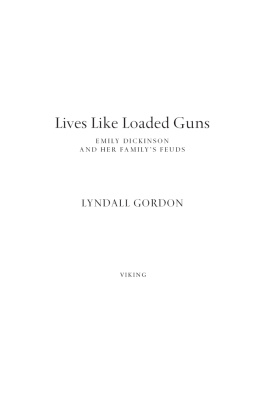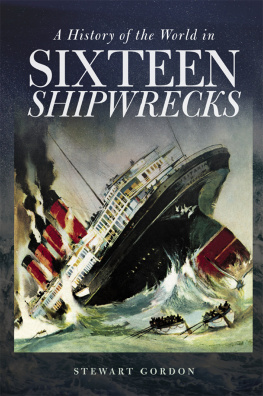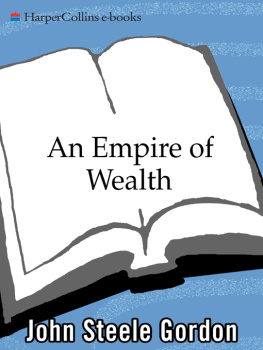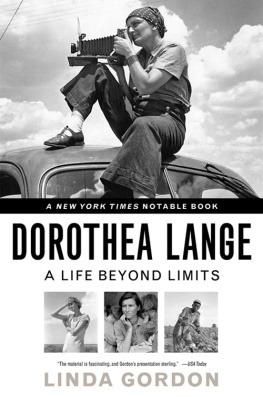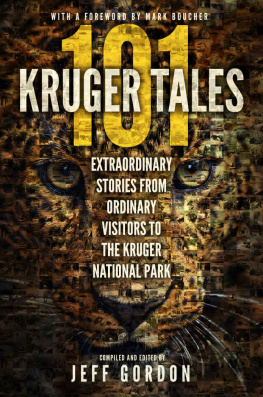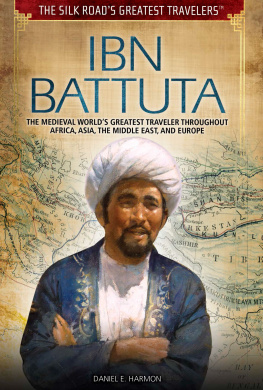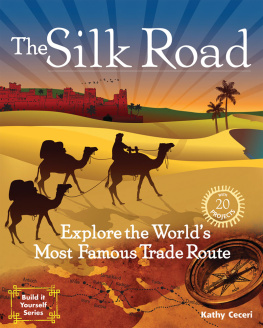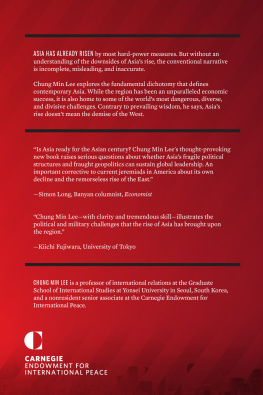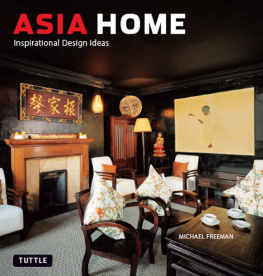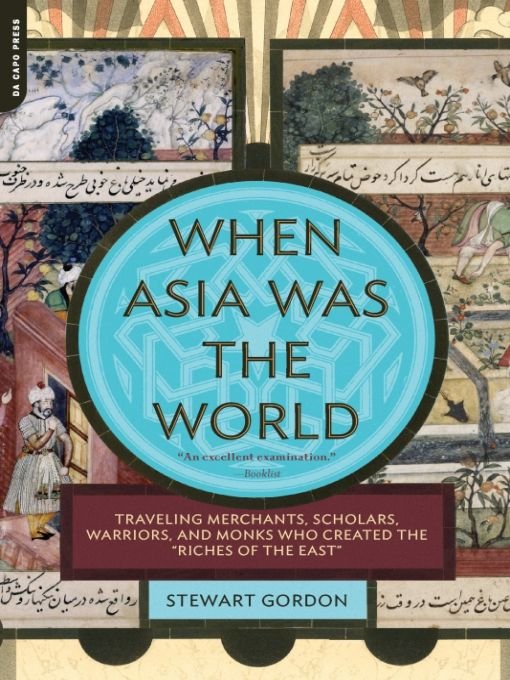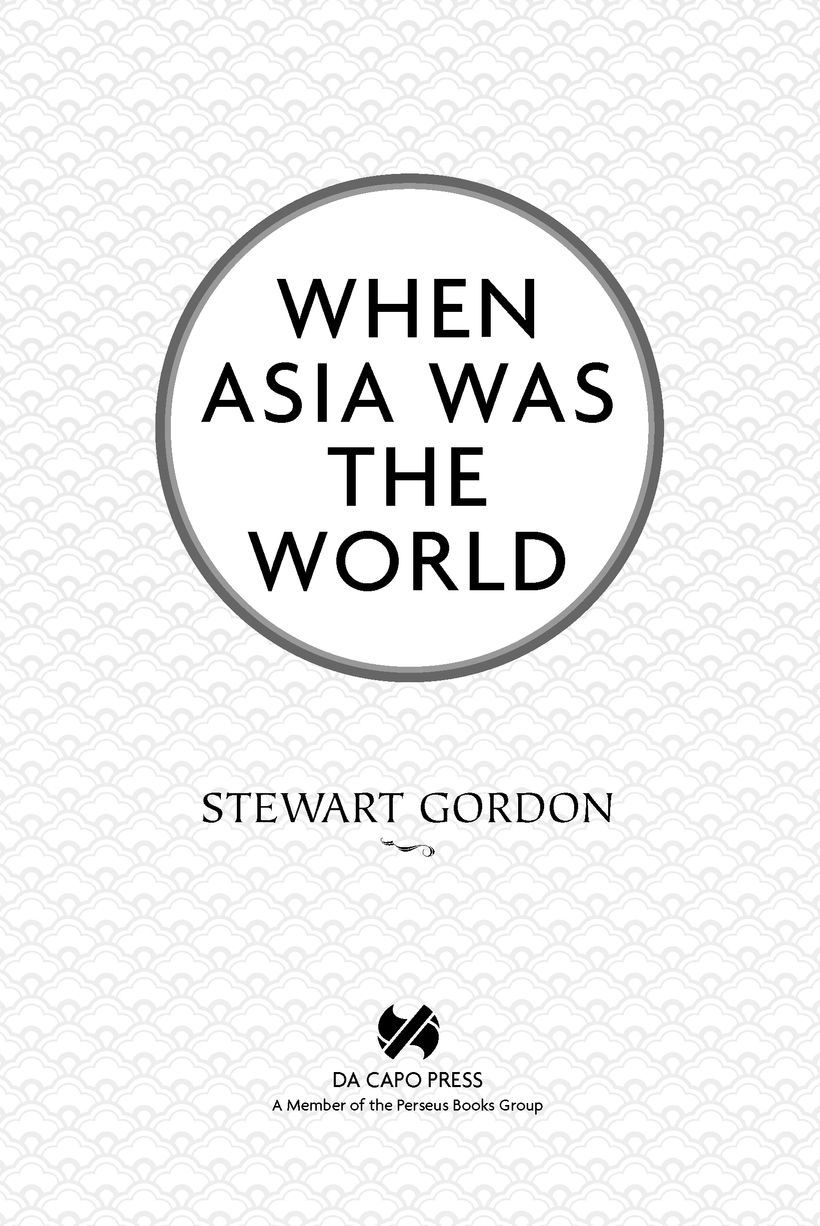Table of Contents
INTRODUCTION
In the thousand years from 500 to 1500, Asia was an astonishing, connected, and creative place. It had the five largest cities in the world, all at the heart of great empires. A few, such as Delhi, Beijing, and Istanbul, remain major cities today. Others, such as Vijayanagara in southern India, exist only as ruins. It was in Asia that mathematicians invented zero and algebra. Astronomers there tracked the stars more accurately than ever before and invented the astrolabe for navigation. Poets and writers produced literature that still touches the heart. Philosophers generated systems of thinking and justice that influence us today. These works, as well as translations of Greek and Roman knowledge, formed the core of vast libraries.
Buddhism and Islam arose and spread along Asias far-flung trade routes. So did luxury goods, such as silk, pearls, spices, medicines, glass, and simple things like rice and sugar. Asia produced money and credit that traders knew and accepted from the Middle East to China, and art that fills museums around the world today. The elegance and complexity of its architecture amazes travelers in our modern world.
Each chapter of this book is based on the actual memoir of a man who lived, worked, and traveled in this great Asian world between 500 and 1500 CE. At the beginning of each chapter are the dates of travel. These intrepid adventurers navigated oceans, traversed great deserts, and crossed the passes of the highest mountains in the world. They knew how to operate in languages they didnt understand, among an extraordinary variety of peoples, from the Bulgars in southern Russia to the Bugis in Southeast Asia.
How did they manage to survive and prosper? Some had families and friendships that sprawled across much of Asia. Others were supported in their travels by chains of monasteries and rest houses. Many discovered that royal courts across Asia shared similar customs, forms of address, and codes of honor. Learning these customs eased their way in. Along the way, these travelers found people eager for the knowledge they brought, whether the subject was tropical plants, ideas of justice, inventions, or architecture. Their memoirs allow us to go along on the caravans and ships, experience the cold and fatigue, live the hopes and fears, and know the luxury and wonder of this great medieval Asian world.
1
MONASTERIES AND MONARCHS
Xuanzang, 618632 CE
Into the lush fields along the Yellow River fled two young brothers, Buddhist monks. Abandoning their monastery, they set out from Luoyang, the eastern imperial capital, for Changan, 200 miles upstream. There, according to rumor, a prince and an army maintained order. China in 618 CE was no place for peaceful Buddhist monks.
The wearying, dangerous journey to Changan proved fruitless. The brothers found no prince and no army. Like other monks, Xuanzang and his brother walked another 300 miles south to Chengdu, located in the current-day province of Sichuan. There, they finally found respite and a surviving Buddhist community. Xuanzangs brother said later, There was abundance and peace. Hundreds of men assembled under the pulpit of the Preaching Hall. Xuanzang and his brother stayed on to study Buddhist texts and practices at the monastery.
Who was this young monk, Xuanzang? By birth and training he belonged to a class of elite public officials who served emperors. His grandfather had been head of the Imperial University at Beijing; the reigning emperor at the time endowed the family with the revenues of a medium-sized town. In normal times, sons of this sort of family could expect to serve and prosper in the imperial bureaucracy. The times, however, were far from normal. For three centuries before the Sui, no dynasty had united China. Powerful families established competing, short-lived dynasties. Hunsnomads from the eastern steppeoverran and ruled the northern half of China where Xuanzangs family lived. Xuanzangs father chose to retire from this chaos far from the capital:
Anticipating the decay of the Sui dynasty, he buried himself in the study of his books. Many offers of provincial and district offices were pressed on him, which he persistently refused; he declined all magisterial duties on the plea of ill-health....
Xuanzang grew up reading classical texts under the guidance of his father. His older brother became a Buddhist monk, and when he noticed Xuanzang was deeply given to the study of religious doctrine, he took him to his monastery at the imperial capital of Luoyang and taught him the basics of Buddhism. Xuanzang entered this monastery at age thirteen. He studied, listened, and meditated until forced to flee seven years later.
Buddhism was already 1,000 years old at the time of Xuanzang. The historical Buddha had lived in India, in the eastern Ganges Valley and nearby foothills of the Himalayas, in the sixth and fifth centuries BCE. He meditated on life as he saw it around him and concluded that people wanted what they did not get and got what they did not want. All were subject to disease, aging, and death. People mistakenly believed they possessed some unchanging core, some soul, but were surprised at how they changed over time or in different circumstances. The Buddha saw as the human condition peoples lingering desires, lack of any continuity of self, and inevitable death. This analysis is the earliest assertion of a common universal human religious experience, regardless of language, beliefs, occupation, or ethnicity.
The Buddha found no existing belief system and no supernatural being that could help this condition. He personally experimented with the path of pleasure and the path of extreme austerities to overcome this condition and found both wanting. Finally, meditating under a tree at Bodh Gaya in the valley of the Ganges river, he arrived at his answer. The cause of personal suffering was desire, mainly the doomed desire to stop inevitable changes in oneself, as well as in other people, relationships, and even things.
The Buddha offered more than just an analysis of a universal human problem. He laid out a path of deliverance that required neither hedonistic pleasures nor extreme austerities. He termed it the Middle Path and, though difficult, it was available to every person regardless of gender, language, region, occupation, or position in society. The Middle Path nevertheless required a sharp break with the normal flow of life. To begin the Middle Path, a person renounced all possessions, left family and friends, and retained only a simple robe and a begging bowl. It was essential that the new follower, whether man or woman, join a group of fellow Buddhists, known as the sangha, for training and support. Monastic vows of poverty and chastity were designed to help the initiate become free from desire. Buddhism put the renunciation of possessions and residence in monasteries as absolutely central to spiritual progress. Traveling in search of learning and insight was an intrinsic part of the Middle Path. Although anyone could follow the Middle Path, it was monks and nuns, not lay people, who pursued insight and deliverance. Lay people gained merit by supporting the monastic institutions. Almost certainly, ideas of deliverance from the suffering of the human condition were at the core of the regular discussions and lectures at Changan, attended by Xuanzang, his brother, and many other monks and laity.


